
Dreamwave Survivor Specs
- Wireless Connectivity: Bluetooth 4.0 (EDR, A2DP AVRCP, APTX)
- NFC pairing
- Battery Capacity: 12000mAh
- Battery-life: 7 hours at maximum volume
- Speaker Configuration: 2x full range, 2x tweeter
- Power: 30W
- Weight: 3.3kg
Packaging
The packaging for the Survivor is nothing to write home about. We get a sort of army-green coloured box, within which the Survivor is packed between 2 blocks of moulded Styrofoam to protect the product during the transportation process. There’s also an addition box inside the main packaging in which all the additional cables and adapters are to be found.

What’s in the box?
- Dreamwave Survivor
- AC power supply
- Jumper leads
- Aux cable
- Cigarette-lighter power supply
- 4x Regional power supply adapters
Accessories
Whilst we don’t get any sort of carrying/case or other type of storage pouch for the Survivor, Dreamwave did include a fair number of cables.
Since the Survivor is intended to be an outdoors-y product, one of the cables included is a power supply that’ll plug into a vehicle’s cigarette lighter port to keep the Survivor’s internal battery charged up.
Of course there’s also an AC power supply which is used to plug into a socket in your home’s power lines. Here Dreamwave also included 4 separate interchangeable adapters for the AC power supply in order to accommodate the various international socket designs.
There’s also an auxiliary cable which is terminated in a 3.5mm connection at both ends, which makes it easy to hook up your favourite DAP in case it does not have Bluetooth functionality.
Lastly there’s a totally different type of cable than what we’re normally used to with these types of products. The jumper lead cable plugs into the Survivor and can then be used to power up a depleted vehicle battery (more on that later).
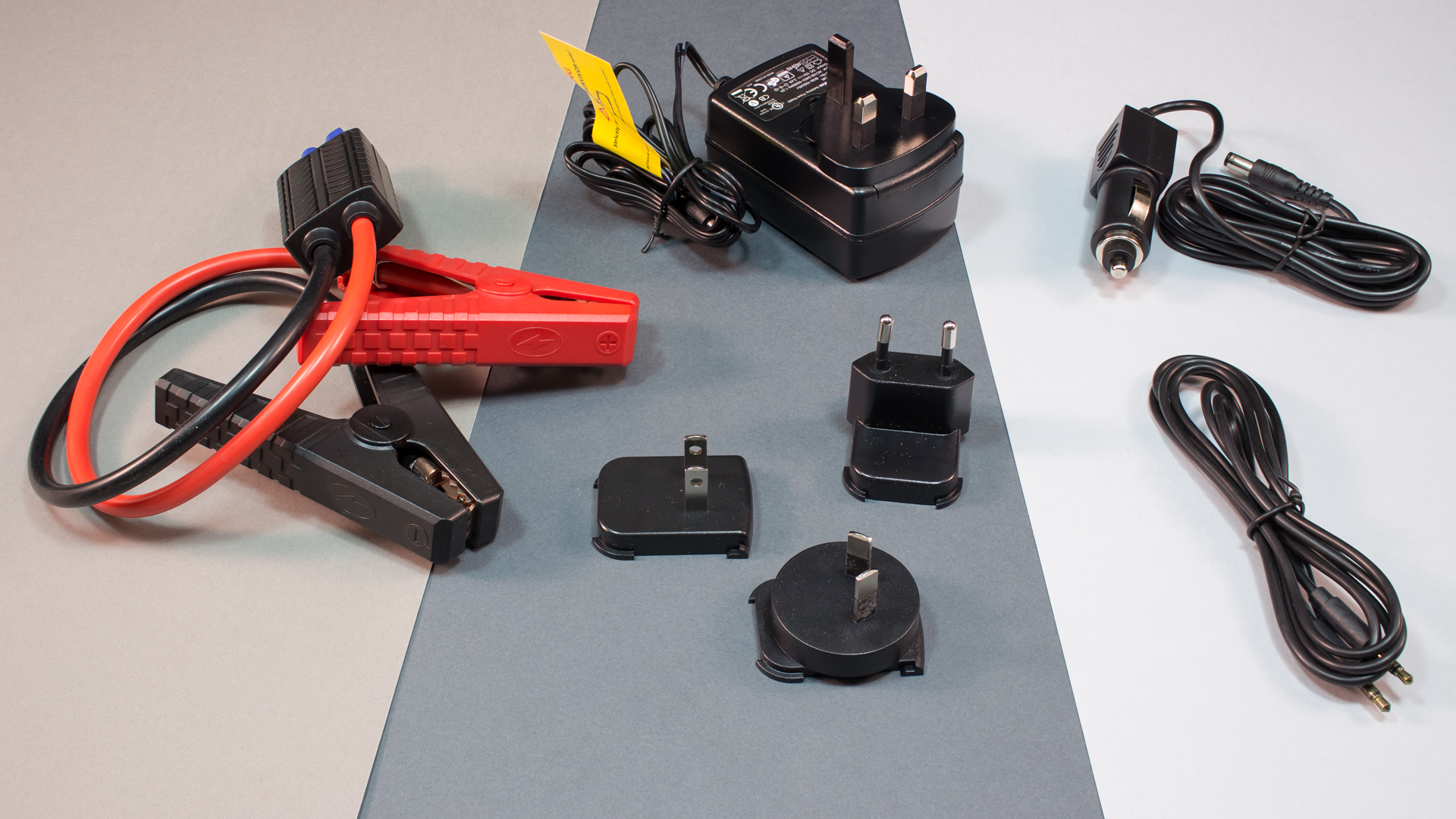
Read: Fiio EX1 2nd Gen In Ear Headphones Review
Design
There’s no two ways about it, the Survivor is one rugged looking device. Heck, it looks like something that would be perfectly at home in a Humvee. Weighing in at 3.3kg (7.26lb) it’s quite a hefty bugger, and not something you’d wanna be carrying in your hand for a lengthy time. No, the Survivor is meant to be put down and that weight will help it to stay in place.

It also boasts an IPX5 rating, meaning that it’ll handle splashes like a champ, but not a splash in the pool. So – rugged or not – do yourself a favour and keep it away from any body of water larger than a kitchen sink.
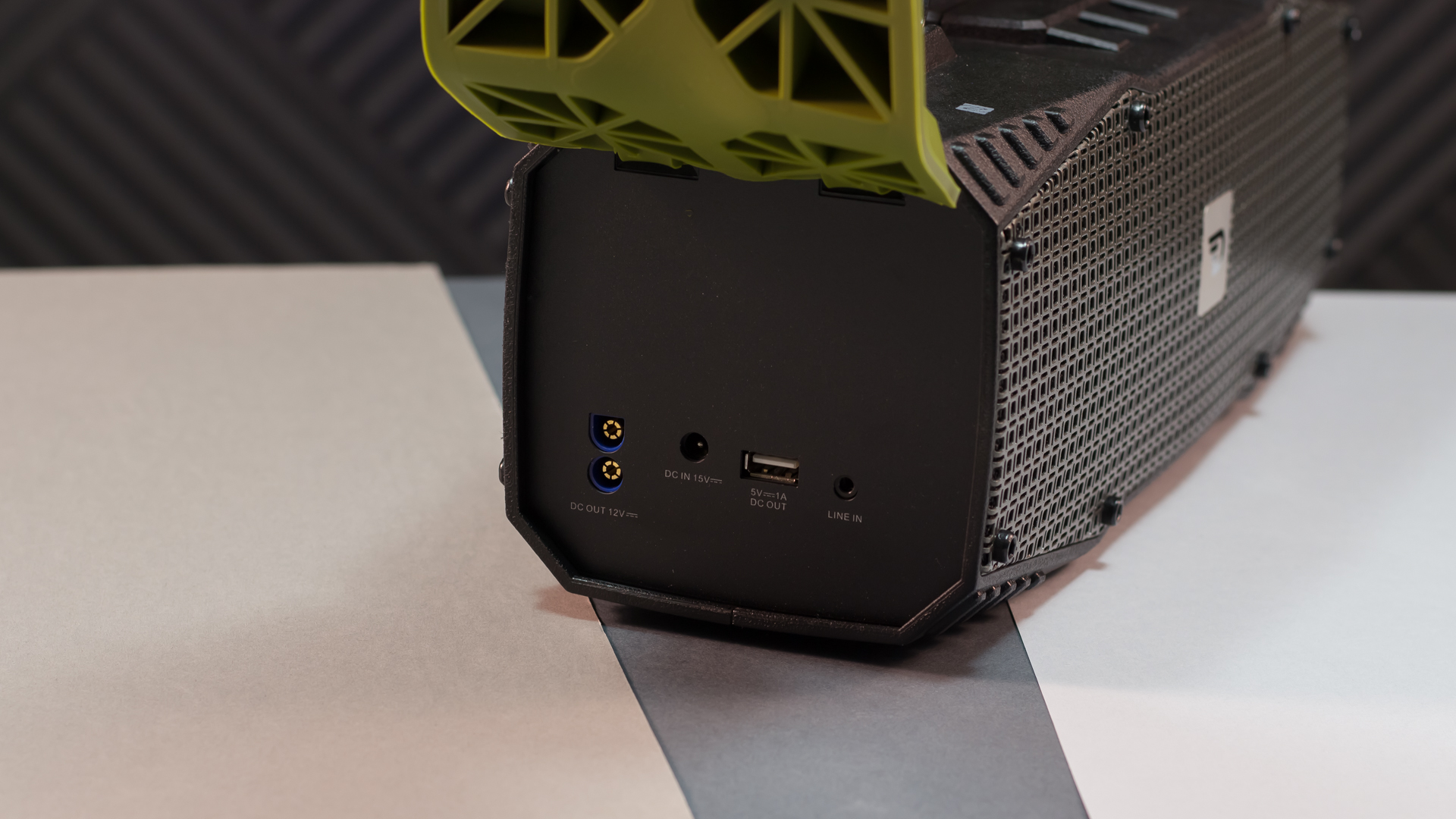
The left and right sides of the device houses the ports and buttons respectively. The right side actually has a rubberized cover which needs to be removed in order to gain access to the AC port, power output port (more on that soon), auxiliary input, and USB power output port. The cover is nearly identical in design to the large buttons found on the right of the device, giving the speakers appearance and aesthetically balanced look.
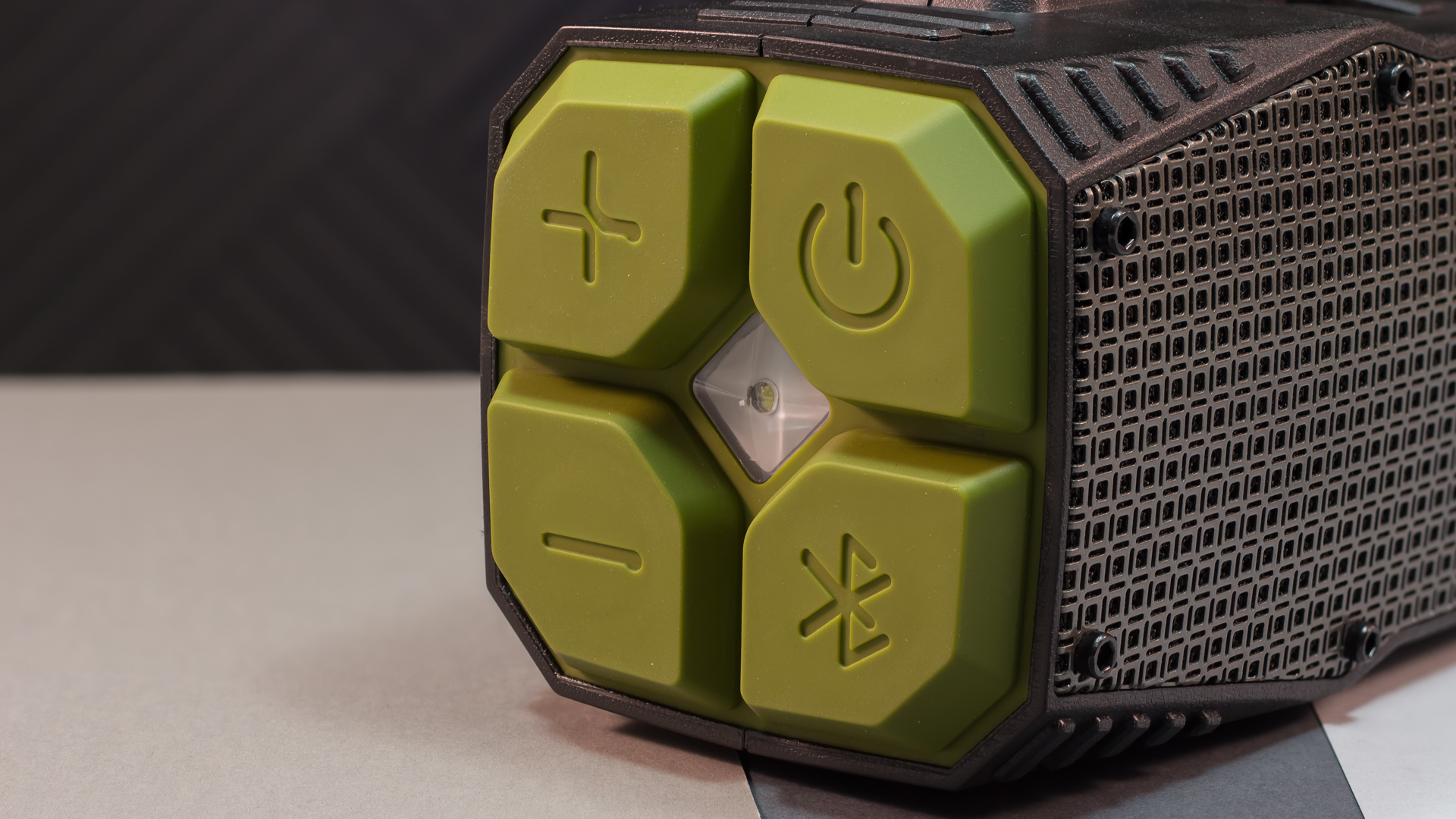
The four large buttons comprise of a power-button, Bluetooth button, and volume up and volume down buttons. In the centre of the arrangement lies the LED light.
There’s also a built-in NFC chip to allow you to easily and quickly pair the Survivor to your NFC-enabled smartphone.
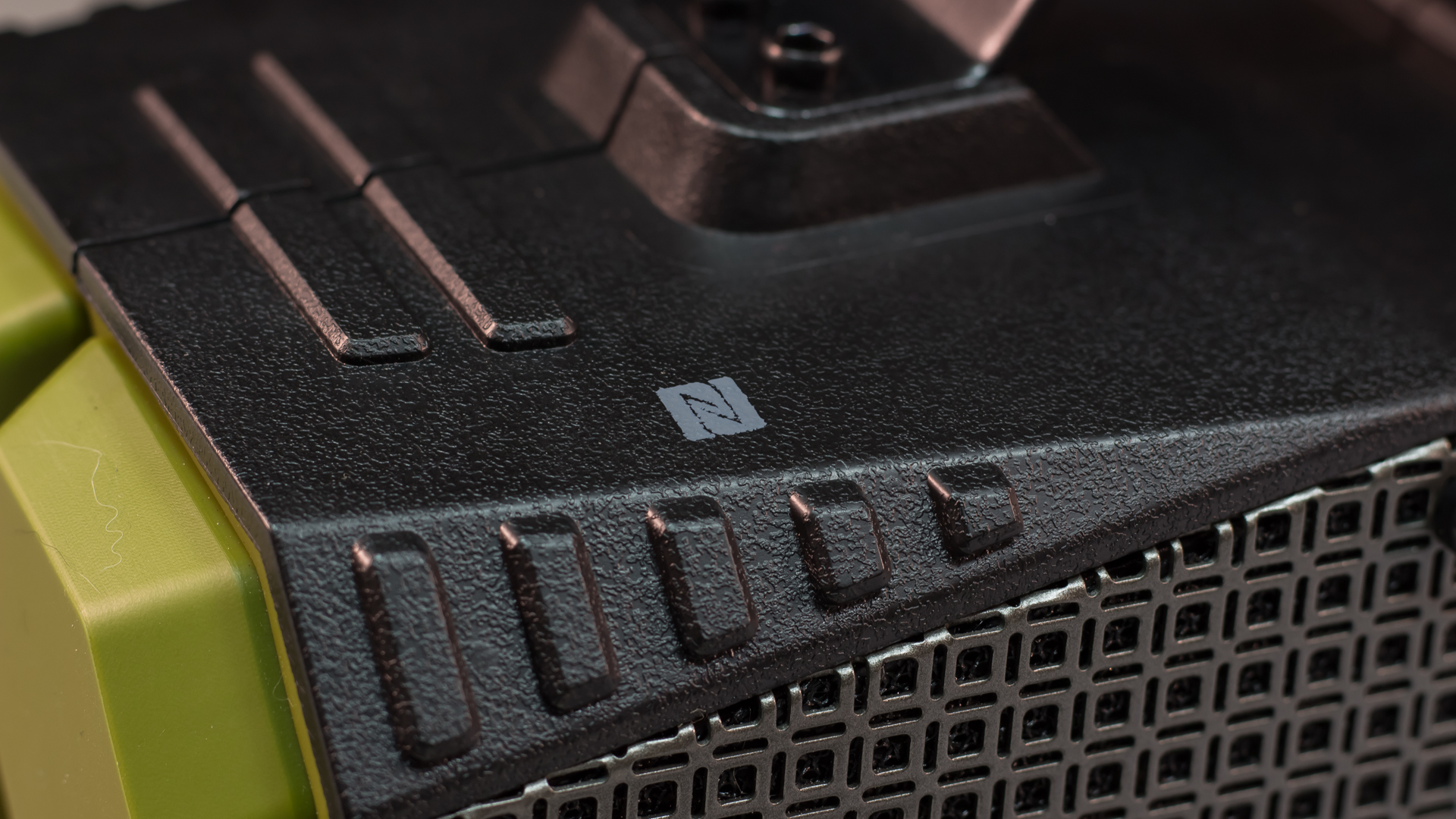
As briefly mentioned, the Survivor has a power output port, which is intended to connect the included jumper-leads to the device, which can then be used to jump-start a car battery. However, there’s no place on the actual device to store these cables, making things less than ideal as you’re quite likely to either forget to pack them in, or at risk of losing them somewhere which would then render this jump-start feature null and void.
Features
So, seeing as the Survivor isn’t your usual run-of-the-mill Bluetooth portable speaker, it’s worth discussing the other features that are packed into the device.
Let’s start off with that 12000mAh battery. That’s a pretty darn big capacity, although it does seem a little dated. By this I mean, that you can now easily find much more compact products (battery banks) that hold more than double that capacity. So it would’ve been great to see Dreamwave make better use of the product’s size. Nevertheless, the large capacity does mean that the Survivor can offer features like being able to play for up to 7 hours at max volume, as well as being able to charge your other portable devices.
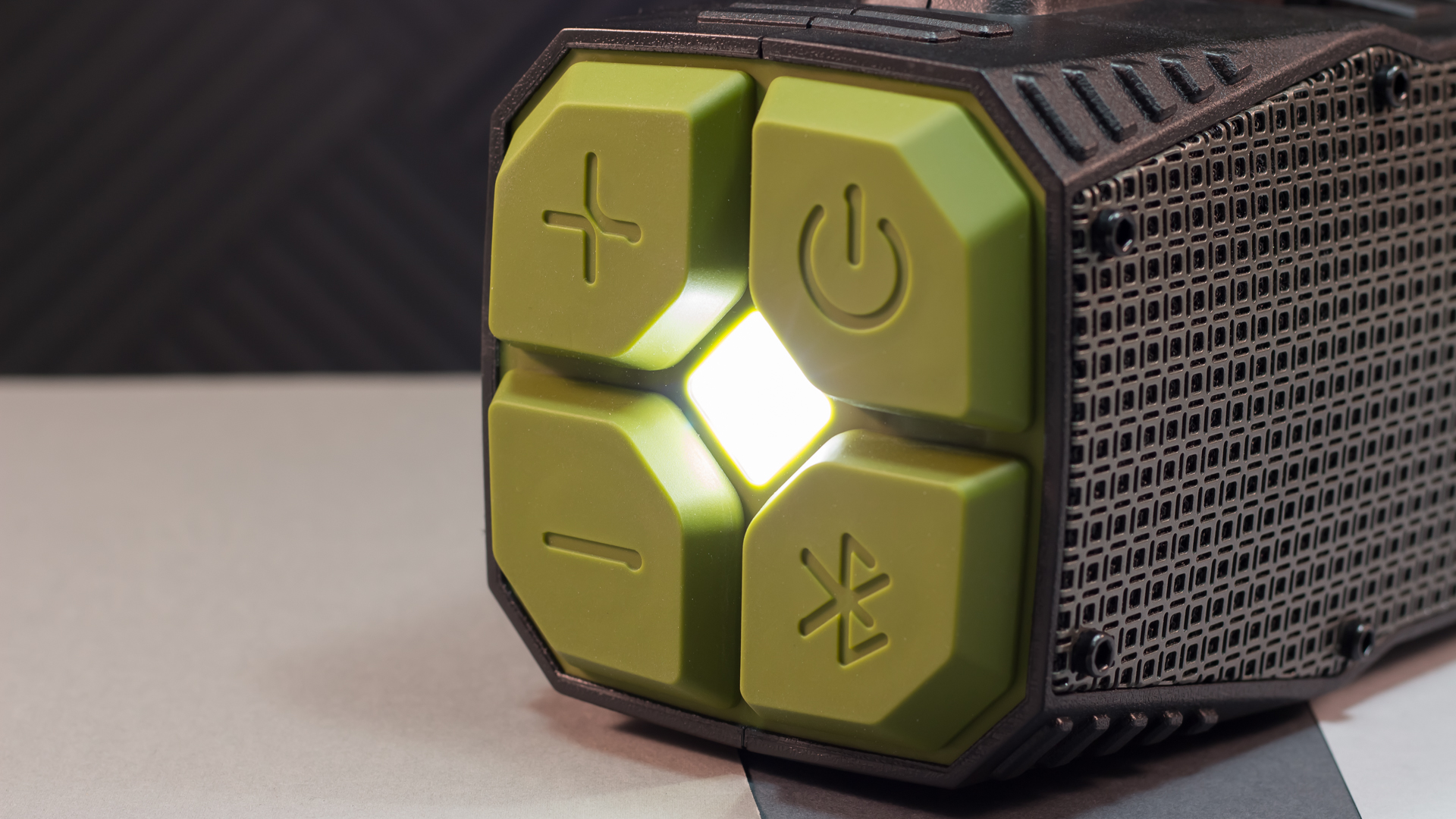
Dreamwave also incorporated an LED capable of delivering up to 110 lumen of brightness. Sure, it’ll help if you need a bit of extra light, but 110 lumen isn’t all that bright, really. there’s also an SOS mode for the light, whereby it flashes. This is sure to come in handy if you need to get the attention of a medevac.
However, the absolute standout feature of the Survivor is its most-advertised feature: being able to start your car.
At full capacity (fully charged), the Survivor can spit out a maximum of 400 Amps in order to revive a depleted car battery. That’s a healthy amount of current.
However, herein lies a bit of a problem, and the ultimate reason why the whole “jump-starter” feature is really a bit of a gimmick rather than something actually useful.
You see, a portable jump-starter is supposed to be a backup device in case your vehicle’s battery gets drained (whether that be due to a faulty alternator or if someone forgot to switch of the headlights, etc.). As such, a jump-starter is really a type of emergency device, and so it really should be used for that and that only.
So, how does that relate with the Survivor? Well, let’s say you’ve gone out camping with your friends or family, and, for whatever reason, your car battery dies.
Now, if the Survivor is fully charged and hasn’t been used yet, then it’s not problem, just go ahead and connect the speaker up to your car’s battery and it should get you up and running again.
However, let’s assume that this problem of yours occurs during or towards the end of the trip, rather than the beginning. Would you have used the Survivor for a few hours? How much juice would still be remaining in the Survivor? This is the downside of turning a backup system into a multi-purpose one.
So whilst the ability of the Survivor to jump-start a vehicle is a kinda cool feature, don’t become negligent and think that you’ve now got a multi-purpose product that can replace a dedicated backup jump-starter.
If we can then agree that the jump-starter ability is a bit gimmicky for real-world use, then, really, we should be looking at the Survivor as a $300+ portable speaker, rather than a multipurpose device.

Sound
So, how does a $300 portable speaker perform? Well, let’s begin by defining what one should expect from this type of product.
It’s a rugged outdoor speaker, not an audio product intended for critical listening. Chances are that you’ll be using it to play your favourite chillout tunes in the background whilst chatting away with your mates about all sorts of random BS. There will likely be kids running around shouting and laughing until little Jimmy comes rushing and crying to his Mommy because Suzy wouldn’t let him play with her Nerf gun. Damn that selfish Suzy; and damn that Jimmy for being such a crybaby.
Anyways, at no point are you really in a critical listening situation. Heck, even if the Survivor was the most amazing sounding speaker ever, you’re not really going to be paying attention to it enough to truly appreciate it.
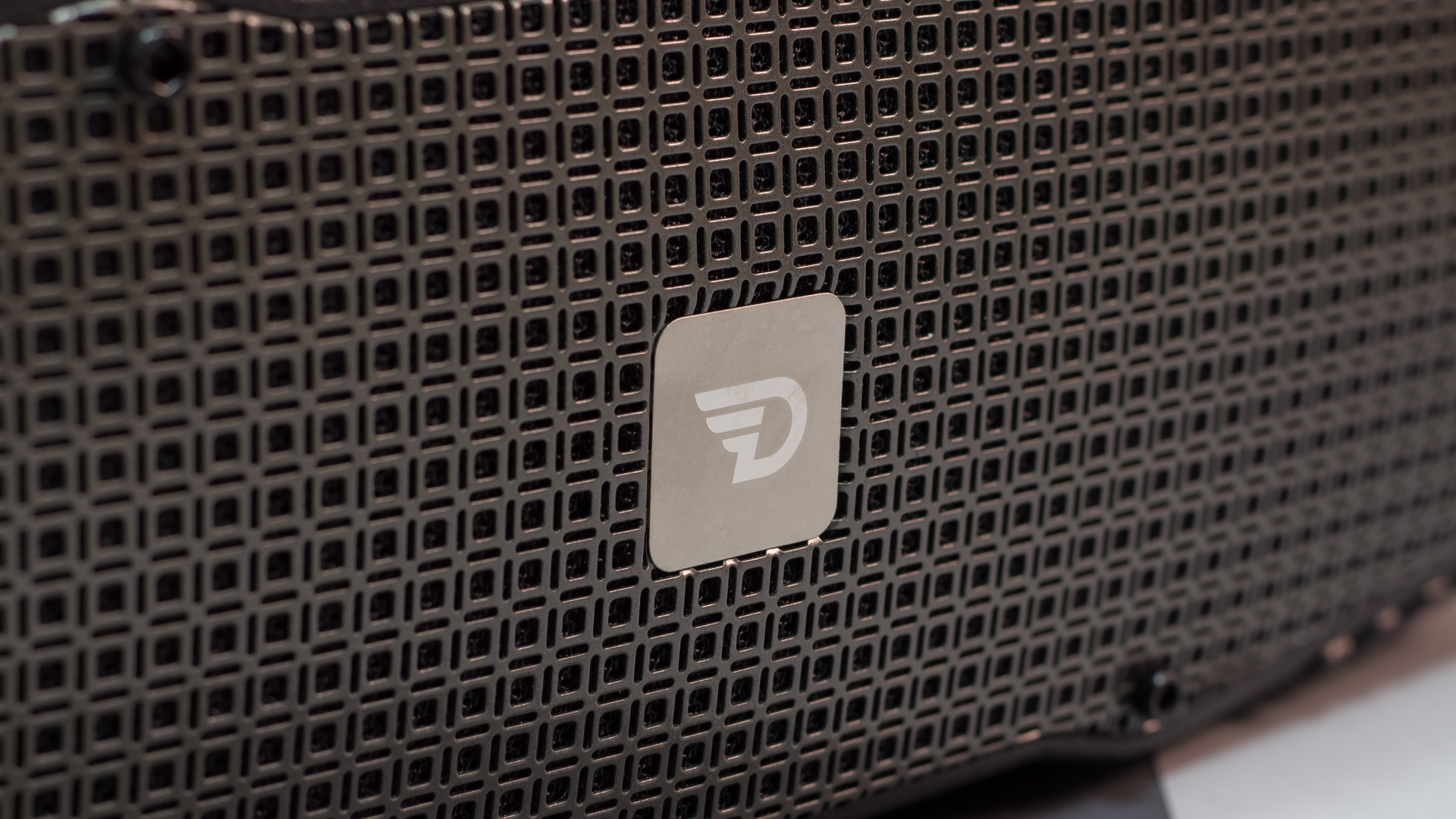
So no, the Survivor doesn’t sound particularly great, but not bad either. For something of this size, I expected some better and deeper low frequency presence. What I can appreciate, however, is that the high frequencies are rather well controlled. They don’t become overly harsh at high volumes.
Overall, the Survivor doesn’t sound terrible by any measure, but just not as good as some lower-priced comparable products.
One trick that works with practically all portable speakers is to place them in a corner. This allows some of the sound to get reflected and amplified, which works particularly well for the low frequencies, and just allows for a bit more of a fuller and more engaging sound experience. The most notable problem, though, comes into play with the mids. This becomes rather apparent with vocals, as they just seem to offer a lack of presence.
But again, this is a “go big or go home” speaker, and so it trades outright audio quality for loud volume, yet still maintains a reasonably well-controlled sound. That’s definitely something worth considering, as similar products can often play very loud too, but sound pretty terrible at those volumes.
Value
In the end, does the $300+ price for the Survivor make sense? Well, it’s certainly a rather unique product, but from an outright sound quality perspective, you could find better products for cheaper.
What the Survivor does have in it’s favour, though, is that it seems to be built like a tank, and so would likely hold up much better to pretty much whatever abuse you throw at it during your next camping trip. Better sounding speakers tend to be designed more as “lifestyle” products, opting for design over ruggedness, and so would not be as well protected from that same abuse. At the end of the day, an acceptably good sounding speaker is a million times better than a broken one.
So, if you plan on purchasing the Survivor, get it based on the fact that it’s a rugged design intended for outdoor use…forget about the arguably gimmicky jump-start feature.
